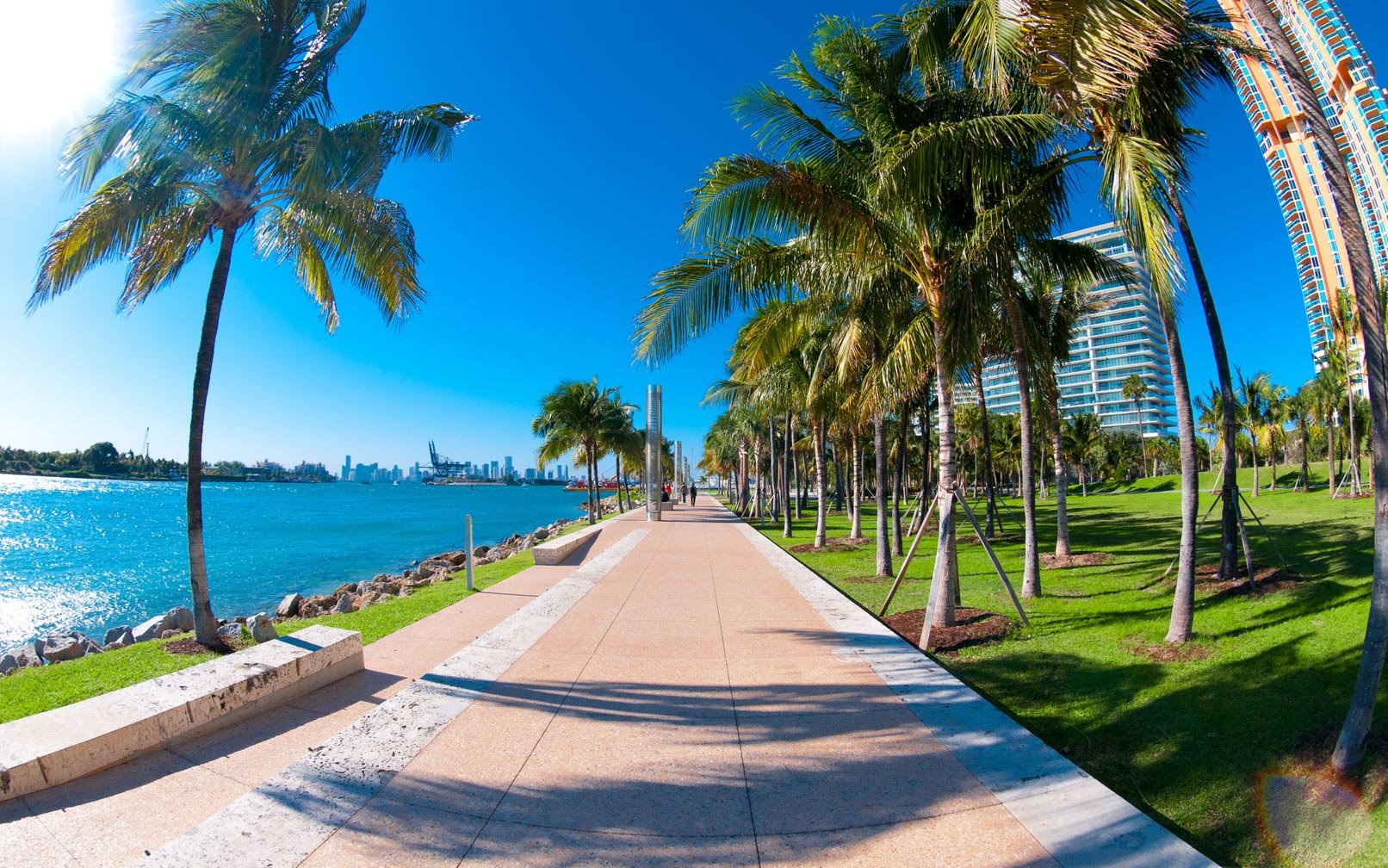The plants you select for coastal landscaping must be hardy enough to withstand constant erosion, salt spray, getting doused in sand, high winds and flooding. All of these issues make it more difficult to find the appropriate plants to survive life on the coast. Despite the odds, some plants naturally thrive under these conditions and these same plants naturally grow in coastal regions. That’s why native coastal plants ensure the best results with the least of amount of maintenance.
The same plants that thrive in coastal environments also offer other benefits such as dune stabilization, improvement of wildlife habitats and added aesthetics.
Before you strike the ground with a shovel, make sure to check with your local Conservation Commission to ensure you don’t need to obtain a permit first.
Plants That Stabilize Dunes
Dunes act as a buffer against storms and flooding, they also capture sand and other debris tossed up by winds and water. Your landscaping can either harm dunes and break them down or improve them and add greater stability. Plants play such a big role in dune stabilization because they are what help to form dunes in the first place. The plants sitting at the base of the dune, where it meets with the waves and tides, actively catch and trap sand and other debris tossed in on the water. Over time this causes the dune to form.
In many parts of the country, American beach grass is a great option to plant along the front side of dunes. Larger trees and wooded areas might look more suited for the task. But nothing is better at developing a solid network of dunes and protecting landward areas than thick and hardy grasses, such as American beach grass.
Secondary Dunes are located further back on the shore. While they are still subjected to a lot of abuse they don’t have the same direct contact with the water. You’ll still want to plant hardy plants here, but your options are more varied. Some coastal plants that thrive along the east coast of the US include Hudsonia Tomentosa (Beach Heather), Parthenocissus Quinquefolia (Virginia Creeper), Prunus Maritime (Beach Plum), Pinus Rigida (Pitch Pine), Vaccinium Angustifolium (Lowbush Blueberry), Myrica Pensylvanica (Northern Bayberry), Quercus Alba (White Oak) and Juniperus Virginiana (Eastern Red Ceder).
All of the plants mentioned above are able to withstand dry, sandy and often acidic environments with poor soil quality. They are also highly tolerant of salt spray. For these reasons, they are frequently used to stabilize coastal sand dunes. Windy areas that get a lot of rain are also well suited to this plant type, regardless if they are directly on the coast or not.
Depending on where you live, the exact plants best suited to dune stabilization will vary based upon the native coastal plants in your area.
Coastal Landscaping That Benefits Local Wild Life
Native coastal plants tend to be better for local wild life as well. For instance, the bearberry offers food to marine birds when other food supplies are low. A variety of birds including Piping Plovers and American Oystercatchers choose to nest on vegetated dunes. The Beach Plum offers a gorgeous white flower alongside edible purple fruits.
Best Plants For Sheltered Intertidal Areas
These areas are classified by beaches with high tide and low tide, and include beaches with rocky areas. Plants that live in these areas must be highly tolerant to swift changes in water, salinity and weather.
In certain parts of the country the following plants make great options:
Juncus Gerardii /Black Grass
Iva Frutescens/Marsh Elder
Spartina Patens/Saltmeadow Cordgrass
Pancium Vigatum/Switchgrass
Spartina Alterniflora/Saltmarsh Cordgrass
Distichlis Spicata/Spike Grass
Limonium Carolinianum/Sea Lavender
A little research can uncover similar plants that are native to your area.
Best Plants For Dry Beaches
These plants must be good at tolerating high winds, wind blown sand, salt spray and regular visits from floodwaters and waves. Certain plants literally thrive under these conditions and actually need sand accumulation in order to grow.
In certain parts of the country the following plants make great options:
Ammophila breviligulata/ American Beachgrass
Spartina Patens/Saltmeadow Cordgrass
Cakile Edentula/Sea Rocket
Honckenya Peploides/Seabeach Sandwort
Solidago Sempervirens/Seaside Goldenrod
Lathyrus japonicas/Beach Pea
Best Plants For Coastal Dunes
Highly Exposed Plants In Coastal Dunes
Plants in highly exposed coastal dune environments must have the ability to thrive under high winds, wind-blown sand and exposure to salt spray. They must be able to withstand regular floodwaters and wave interaction. They are often benefited by sand inundation.
In certain parts of the country the following plants make great options:
Ammophila breviligulata/ American Beachgrass
Leymus Mollis/American Dunegrass
Hudsonia Tomentosa/Beach Heather
Sheltered Areas In Coastal Dunes
More protected, secondary dunes offer a wider range of plant options. They are still forced to endure salt spray, wind and some wave action, but not to the extent of more exposed sand dunes.
In certain parts of the country the following plants make great options:
Juncus Gerardii/Black Grass
Panicum amarum var. amarulum/Coastal Panic Grass
Eurybia Spectabilis/Eastern Showy Aster
Spartina Patens/Saltmeadow Cordgrass
Limonium Carolinianum/Sea Lavender
Distichlis Spicata/Spike Grass
Panicum Virgatum/Switchgrass
Parthenocissus quinquefolia/Virginia Creeper
The Importance Of Native Plant Species
Plants are considered native if they date back to pre-Colonial era—before 1500, or if they have arrived more recently without human intervention. The plants listed above may not be native to your area. It’s important to identify which coastal native plants satisfy your requirements in order to see the best coastal landscaping results with the least amount of maintenance.
You can find a list of native plants for different regions of Florida here: http://solutionsforyourlife.ufl.edu/map/index.shtml

